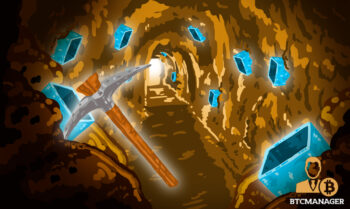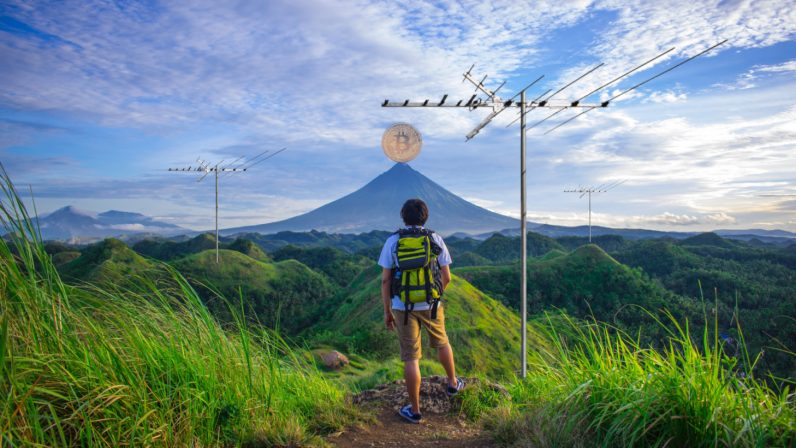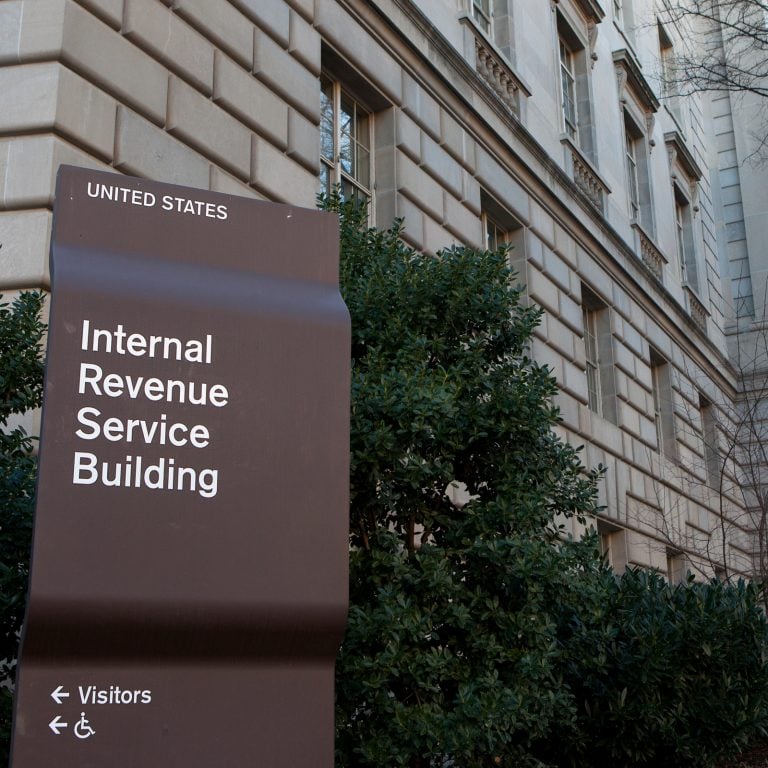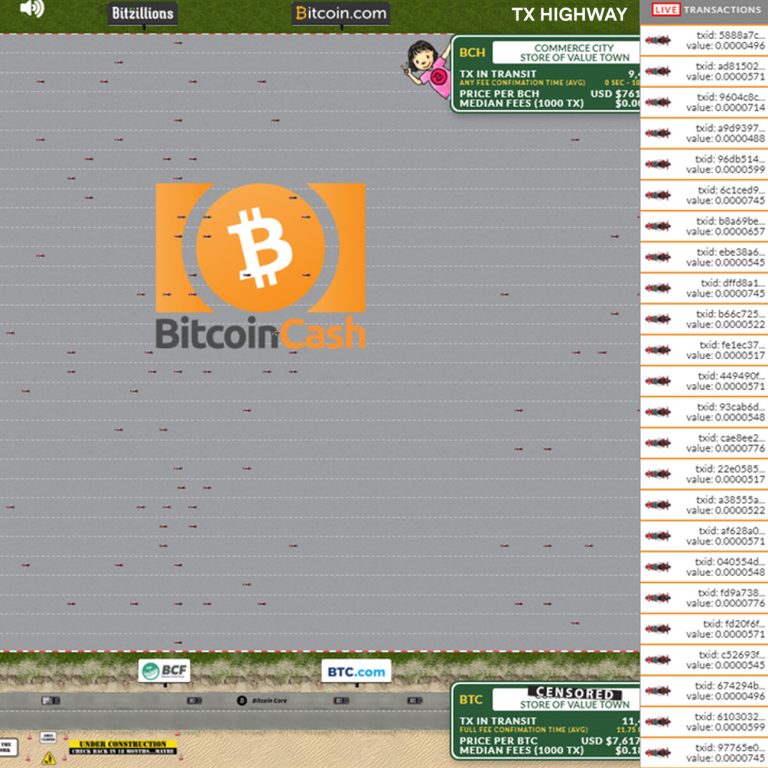2018-10-18 13:00 |
A New Zealand developer sent two signed Bitcoin transactions to his girlfriend’s crypto wallet on Monday using only radio signals and a cheap smartphone while offline and not connected to a cell network. The farthest transaction was sent from 12.6 kilometers (7.8 miles) away.
Over the weekend I sent a bitcoin transaction to a relay 12.6km away with no cell network or internet connection. Here's a tweetstorm about how I used @gotenna and @SamouraiWallet to do it
— Coinsure (@Coinsurenz) October 16, 2018
How He Did ItThe Auckland developer used four devices called goTennas, short-range radios that pair with a user’s smartphone to send signals to another user via ad-hoc mesh networks. Their maximum rage is reportedly 6.4 kilometers (3.9 miles), so he set up four of these at points on high ground that was as close to the limit as possible.
Once set up, he downloaded the goTenna app called txTenna to his $26USD ($40AUD) phone, along with the offline wallet app Samourai Wallet, to conduct the transactions over his short-range offline radio network. He generated these transactions as goTenna messages.
He sent two transactions, one from a distance of 5.6km (3.4 miles) and another from 12.6km (7.8 miles) away, both of which were successfully received. He summarized the process on Twitter:
“The mechanics of the setup was this. My $40 phone with no connection outside gotenna would broadcast a signed bitcoin transaction generated in Samourai wallet as a gotenna message, to my girlfriend’s phone with a cellular data and gotenna connection.”
Not Totally Off-Grid YetThere were some hiccups along the way — one transaction didn’t go through, due to issues with app pairing — but the success of the other two transactions hints at something that may have much broader applications.
Theoretically, this network could operate completely off the conventional internet grid if it were solar powered. There is one small hitch, however: even this kind of off-grid network has to sync with the Bitcoin blockchain occasionally to prevent the double-spending of funds.
According to The Next Web, though, this is a much more efficient offline network than some others have tried. The only equipment involved in this particular endeavor were the four goTenna radios, a cheap cell phone, and materials used to secure and place the radios. Previous attempts have used battery packs and solar power in addition to shortwave radios.
To use this kind of network in a dense urban area would take a lot more radios, according to the developer. He estimated on Twitter that it would take roughly 47 to cover the area around his native Auckland, and more than that for a denser city, since the radios work best in an open area or high ground.
The post Off-Grid Crypto Transactions Get Closer to Reality appeared first on CryptoSlate.
origin »Emerald Crypto (EMD) íà Currencies.ru
|
|





















